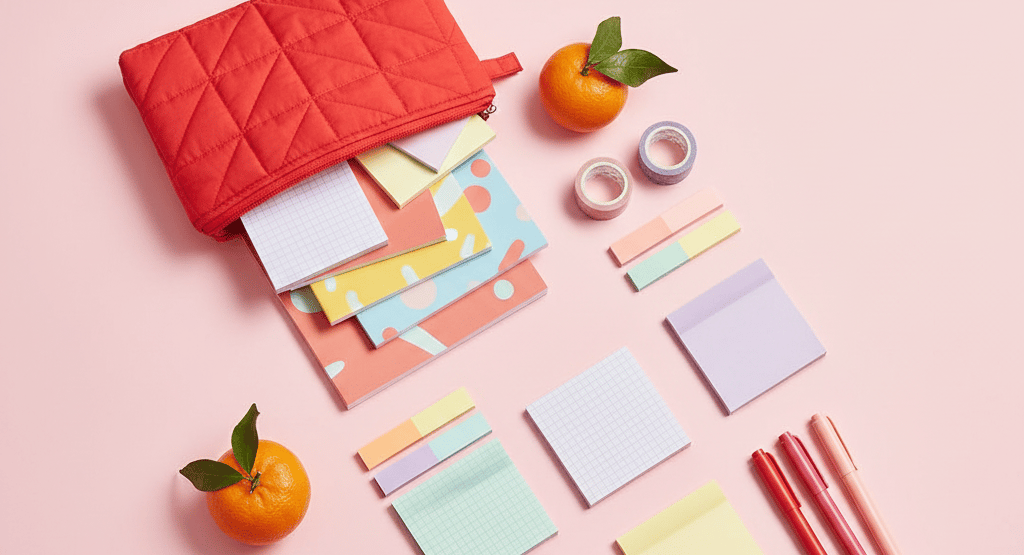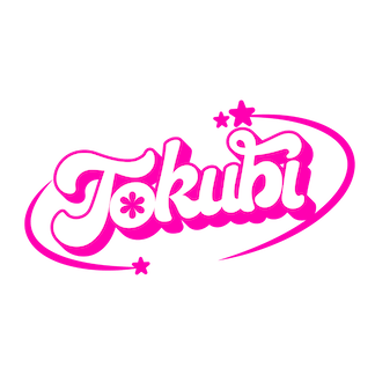FREE U.S. SHIPPING ON ORDERS $100+
7 Reasons Why Colorful and Maximalist Styles Boost Our Dopamine Levels
Laras


Minimalism may have had its moment, but colorful and maximalist styles are making waves—and for good reason. Surrounding ourselves with bold colors, layered textures, and playful designs doesn’t just look fun; it can actually make us feel better. Here are seven reasons why colorful and maximalist aesthetics can elevate your dopamine levels and boost your mood.
1. Colors = Instant Mood Boost 🎨
Studies in color psychology show that bright colors like yellow, red, and orange can trigger higher arousal levels in the brain, stimulating dopamine release. Blue and green, on the other hand, are linked to calmness and reduced stress. Together, a variety of vibrant colors activate different emotional responses, making maximalist environments naturally mood-boosting (Source: Journal of Environmental Psychology).
2. Chaos, But Make It Fun 💥
Maximalism celebrates mixing patterns, textures, and seemingly clashing elements. According to research on creativity and cognition, exposure to novelty and unpredictability can lower cortisol (the stress hormone) and activate dopamine pathways. This “organized chaos” encourages the brain to see the environment as stimulating rather than threatening.
3. Self-Expression = Self-Love 💖
Personalizing a space with colors and items that reflect individuality has been linked to improved emotional well-being. A study from Frontiers in Psychology highlights that environments tailored to self-identity foster feelings of authenticity and self-acceptance, both of which are associated with higher dopamine activity.
4. All the Feels (Literally) 👀🤲
Maximalist design is not just visual—it often includes tactile, auditory, and even olfactory elements. Textured fabrics, metallic surfaces, and layered artwork create multisensory experiences. Neuroscience research confirms that rich sensory input stimulates the mesolimbic pathway, the brain’s reward system, enhancing pleasure and motivation.
5. Hello, Nostalgia 🧸
Bright colors remind us of childhood—cartoons, toys, playful classrooms. That throwback energy triggers comfort and happiness. Who doesn’t love a little nostalgia rush? Colorful, playful aesthetics often evoke childhood memories—whether of toys, cartoons, or classrooms. According to Psychological Science, nostalgia has been shown to increase positive affect and reduce feelings of loneliness. The comfort of familiarity, combined with vibrant visuals, triggers dopamine release and improves overall mood.
6. Creativity on Steroids 💡
When you’re surrounded by color and fun chaos, your brain starts making fresh connections. Translation: more ideas, more imagination, more sparks of genius. Research from the University of British Columbia found that exposure to the color red enhances attention to detail, while blue fosters imagination and creativity. A maximalist space filled with varied hues gives the brain a spectrum of stimuli, supporting both focus and creative problem-solving.
7. More = More Joy 🌟
Minimalism whispers “less is more,” but maximalism yells, “give me all the glitter!” Being surrounded by abundance makes our brains feel safe, happy, and abundant too. Minimalism often emphasizes scarcity, but maximalism thrives on abundance. Abundant visual cues—patterns, colors, collections—signal plenty rather than lack. Evolutionary psychology suggests that abundance is subconsciously associated with safety and prosperity, both of which activate dopamine pathways in the brain.
Colorful and maximalist styles are far more than aesthetic trends; they are scientifically linked to boosting dopamine and enhancing well-being. By surrounding ourselves with bold hues, layered designs, and playful abundance, we create spaces that stimulate the brain, spark creativity, and foster joy. For those seeking a natural way to elevate their mood, embracing color and maximalism may be a powerful and stylish solution.
Connect
Discover whimsy, style, and local artistry daily
support@tokubi.shop
© 2025 Tokubi
Refund Policy
Terms & Condition
Collaboration
